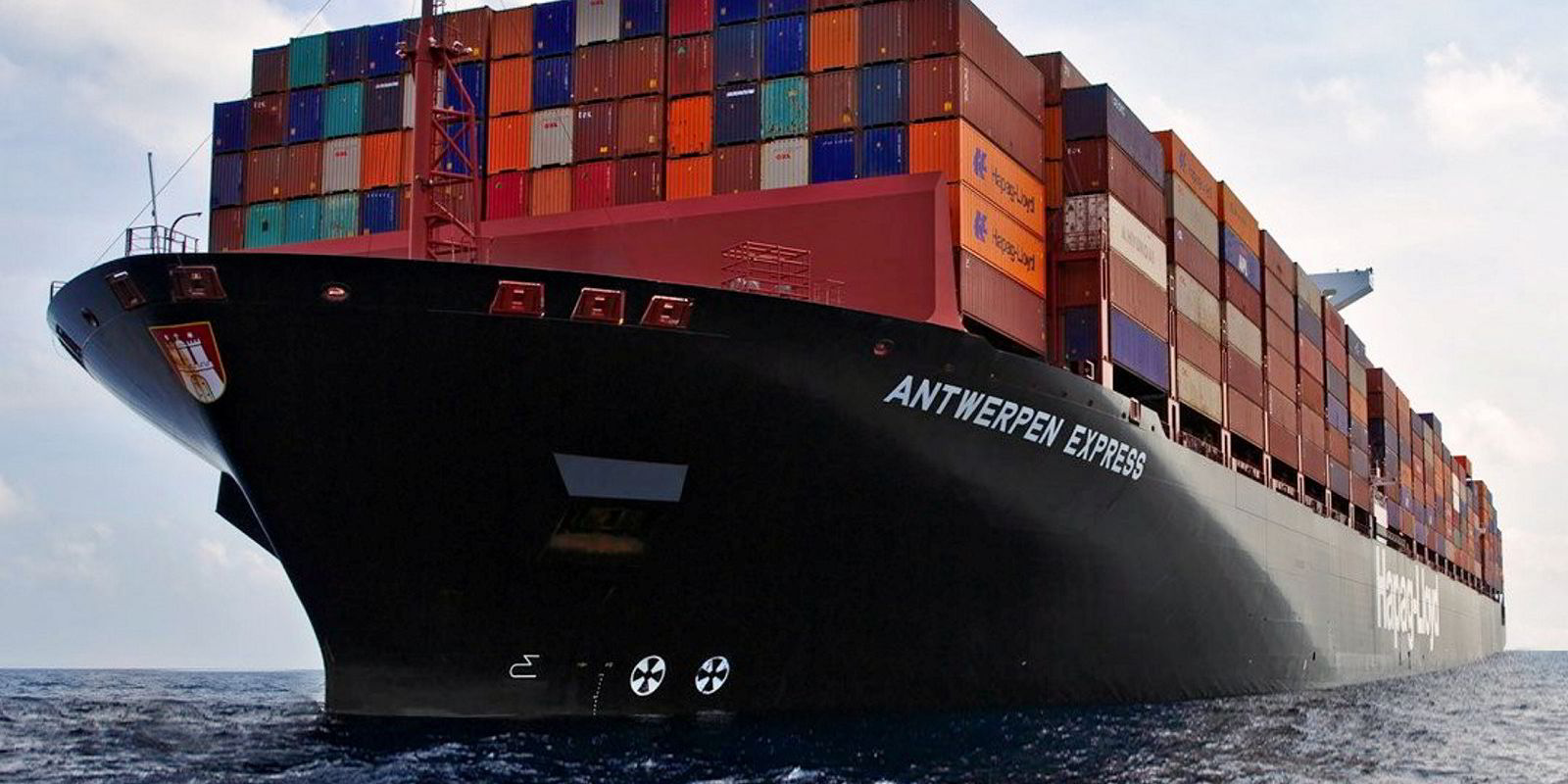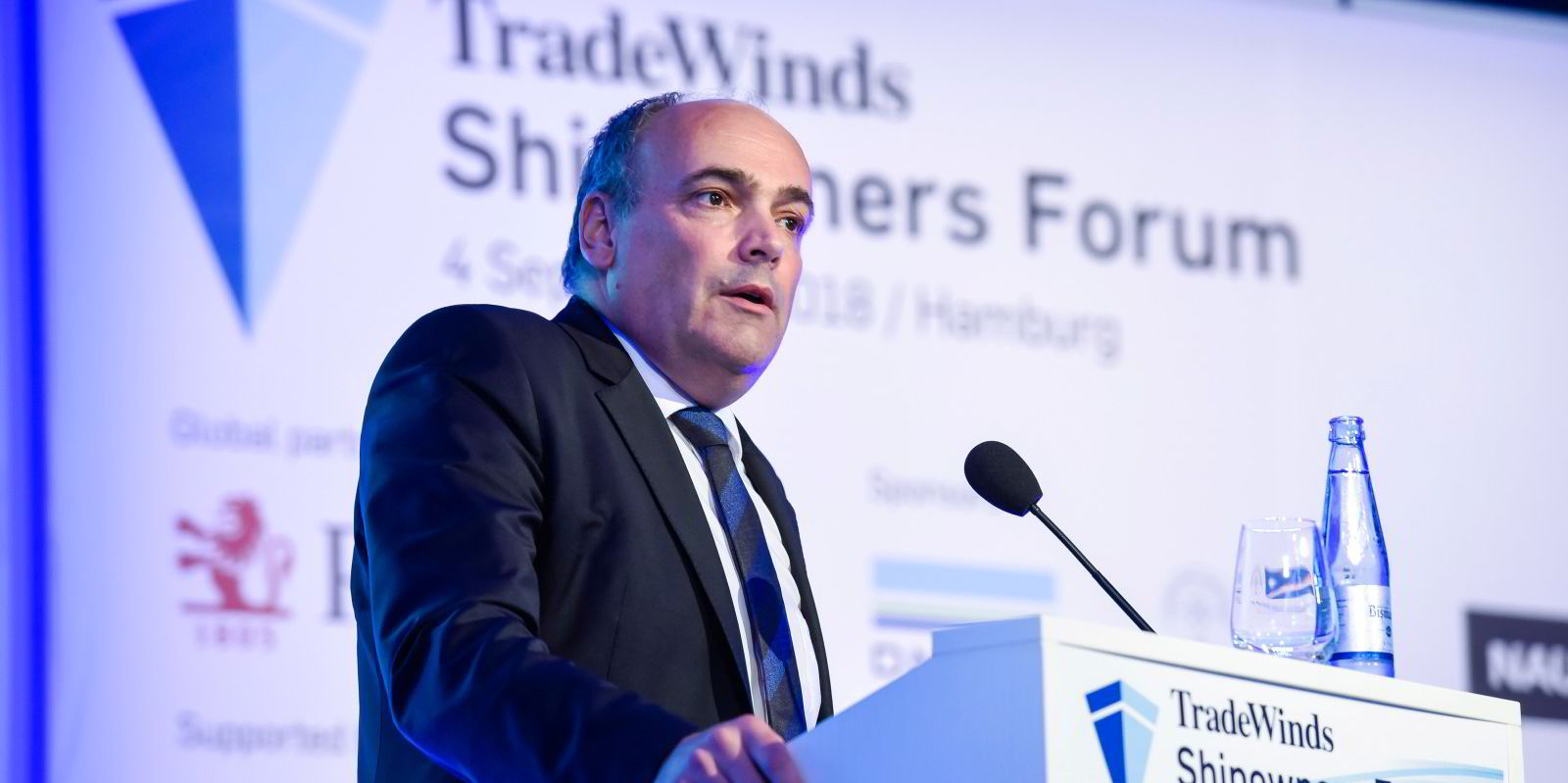Hapag-Lloyd chief executive Rolf Habben Jansen does not expect to ever see a repeat of his company’s most profitable quarter.
The phenomenal €5.1bn ($5bn) in profits that the carrier earned in the third quarter of the year are more likely to mark a watershed.
“I think those are numbers that we will never ever see again in our lifetime,” Habben Jansen said.
The record quarter lifts earnings of the world’s fifth largest carrier to an eye-watering €13.7bn for the first nine months of the year.
But with markets starting to normalise, Hapag-Lloyd is preparing for further freight rate falls, higher costs and incoming container ship capacity.
That raises the question of whether container markets are in for a ‘soft’ or a more damaging ‘hard’ landing.
Habben Jansen noted that spot freight market had fallen exceptionally fast, and may fall further.
“That’s not unexpected. We come from very high levels,” he told journalists in a webinar to accompany the results.
“But at some stage, they will come bump back up again.”
'Like diving from high'
Container markets were falling from exceptionally high levels, but were likely to rebound, he said.
“It’s a little like diving into a pool from 10m. Initially, you go underwater, but the likelihood that you come back up is fairly high,” he said.
“That’s the type of movement we will most likely see.”
Spot freight market could fall further as shippers cut back on inventory stocks.

“At some point in time, inventories may be on the low-end and you’ll see an element of restocking, The question is when that is going to kick in?”, he said.
In the long run, freight rates would have to reflect higher costs being weathered by carriers.
Costs are probably 40% higher than in 2018 and 2019.
'A different market'
Weaker freight markets could mean the carrier would have to ‘blank’ or cancel sailings if demand continues to be weak, said Habben Jansen.
But he did not consider it probable that liner operators would enter into a price war similar to those fought in 2016 and 2017.
“The market is a little different,” he said.
“With all the investments that people have to make to decarbonise, means unlikely we will end up in that territory.”
“Markets will settle at levels where people will make a reasonable but not excessive return on their capital employed.”
The company is sticking with its full-year earnings forecast that it issued on 28 July.
Ebitda full the full year is forecast the range of $19.5bn to $21.5bn this financial year.
The forecast remains subject to considerable uncertainty given Russia’s war of aggression on Ukraine, supply chain disruptions that have not yet been fully resolved, and the effects of the COVID-19 pandemic.
In the first nine months, the company reported Ebitda of $16.6bn (€15.6bn) and ebit of $15.1bn (€14.2bn).
Transport expenses climbed to €10.1bn ($10.8bn), due to significantly higher bunker price and expenses for container handling
The downturn in markets has hit share price which has halved in the past three months to €175 per share.






